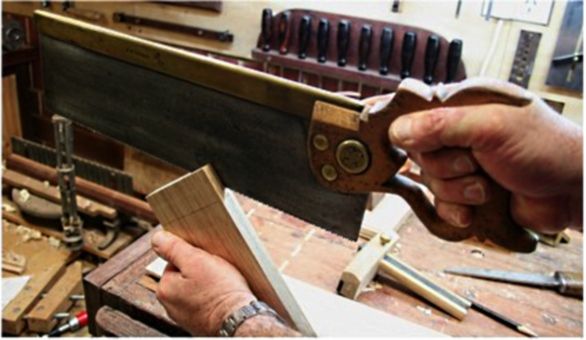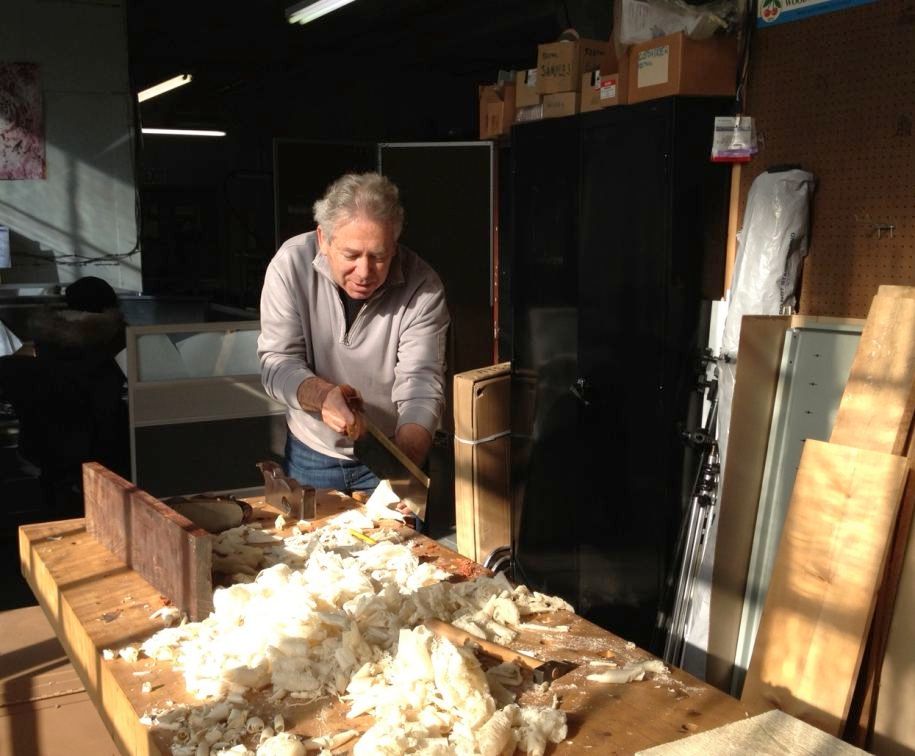Hi all---I'm working on my first workbench, which is in the roubo style and cobbled together from a few different plans. I am still very much a beginner with hand tools and have learned a lot from building and making tons of mistakes on this bench.
The other day it was time to cut the tenons on stretchers between the legs. I recently purchased a pretty nice/pricey tenon saw from LN to help with the job, as I didn't really have any hand saws that were up to the task. The tenons are 4" wide x ~2.5" long x 1/2" thick. My cuts for both the cheeks and the shoulders were pretty bad---not very consistent, and also not to the lines. I tried a few different techniques, including putting the stretchers in the vise at an angle and trying to saw to two lines at the start, then proceeded down each line. But I always seemed to be off on one of the lines when I was tracking well on another. I was also surprised that, when I cut through the long edge of the shoulder to remove the waste along the cheek, I was cutting into the tenon itself---I couldn't seem to cut straight down and get an even cut without cutting into the tenon on either end of the cut. In one case, the tenon was cut into so deeply that it snapped right off when I accidentally dropped the stretcher on the floor!
Any tips? I'm going to scrap these pieces and cut four new stretchers. Thanks for any advice,
Chris
IMG_0044.jpgIMG_0043.jpg




 Reply With Quote
Reply With Quote












